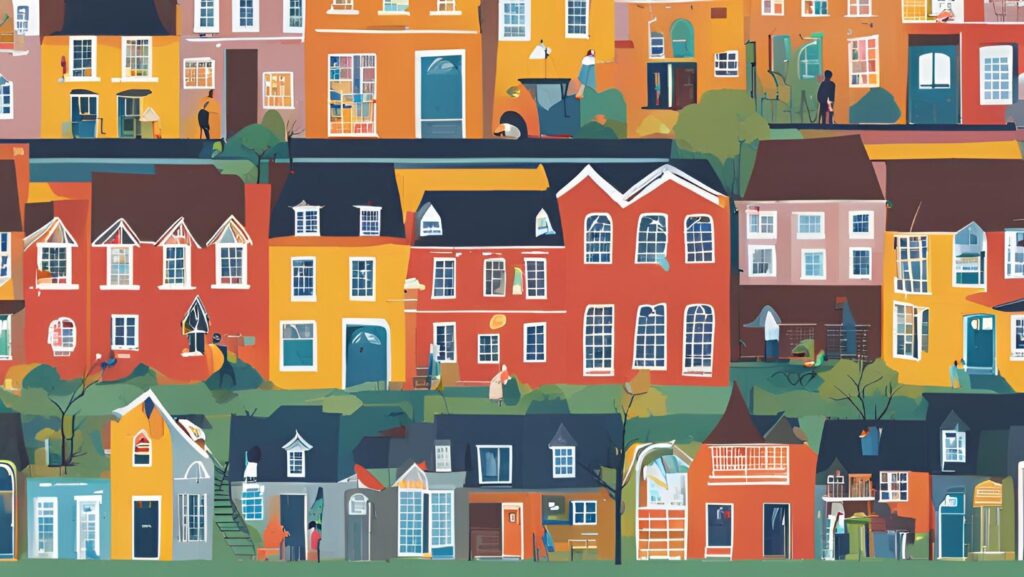
Revitalising Communities Through Policy: Why Local Engagement is Key
Community-led development isn’t just about policy reform; it’s about transforming the way communities interact together. According to the Connective Tissue framework, policies aimed at fostering social connection and participation are most effective when they are rooted in local realities. Instead of imposing top-down solutions, successful initiatives should harness the energy and insights of community members, enabling them to shape their development trajectory.
Community-led initiatives empower residents by allowing them to identify problems, propose solutions, and lead projects. This approach not only strengthens local ownership but also builds trust among residents. When people see tangible results from initiatives they helped design, it encourages further engagement. Examples include participatory budgeting, where residents decide on local spending priorities, and local resident assemblies that bring diverse voices to policy discussions.
However, meaningful community-led development requires the right kind of support from government and philanthropic organisations. Policymakers must shift from being sole decision-makers to facilitators, creating spaces for dialogue and collaboration. The Connective Tissue framework advocates for investments in civic infrastructure—such as community centers and public spaces—that serve as hubs for interaction. These investments should prioritise accessibility, inclusivity, and sustainability, ensuring that all residents have equal opportunities to contribute.
At the core, this shift is about viewing communities not as passive recipients of aid, but as active agents of change. While traditional development models often focus narrowly on economic outcomes, community-led approaches emphasise broader metrics, including social well-being, connectedness, and civic engagement. Policymakers, funders, and community organisations should align their strategies to enhance these outcomes, recognising that strong, resilient communities are built on relationships as much as infrastructure.
Community-led development isn’t just a policy trend; it’s a foundational strategy for creating more equitable, inclusive, and vibrant communities. It invites us all—policy actors, local leaders, and local residents—to rethink our roles, embrace collaboration, and invest in local capacity-building.
This article aligns with the principles outlined in the Connective Tissue Policy Framework 2024, (Pressler et al., 2024) which emphasizes the role of community-driven strategies in strengthening civic participation, fostering social connection, and addressing systemic disparities. The framework advocates for collaborative, place-based solutions that integrate diverse perspectives and empower communities to lead their own development, making it a guiding reference for policymakers, philanthropists, and community leaders seeking to create more resilient and inclusive communities.
